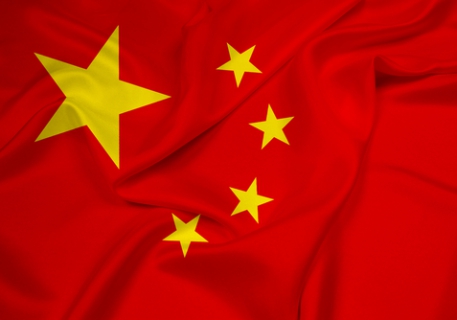
China’s new debt refinancing program completely ignores the largest problem: businesses in the nation account for 61 percent of the debt in the nation.
The Chinese government announced a major step toward boosting the economy through its new debt swap program, revealed Thursday (May 14). According to reports, by September, officials will have completed the first phase of the program, which allows local governments to swap out outstanding loans for cheaper bonds. Initially, the governments will only be able to trade in a small portion of their loans, amounting to about $160 billion. But if successful, reports said China will likely expand the plan further.
Over the last six years, the nation has reportedly racked up more than $3 trillion in local government debt, largely fueled by the rise in local governments turning to the shadow banking sector as bank lending slowed. A government audit last year found about $1.74 trillion worth of shadow lending debt, and a massive risk of default. Unquestionably, the need for debt reform is imminent in China. However the problem with this initiative, some experts say, is that it does not address the largest portion of the nation’s ongoing economic crisis: corporate debt.
At present, reports say companies’ debt accounts for 61 percent of China’s entire unpaid loans. According to the Financial Times, that portion is far beyond any other contributor to the nation’s debt, with the second-largest contributor being Local Government Financing Vehicles, making up 13 percent of China’s debt and owing about $3.38 trillion – less than one-quarter of what businesses owe.
Figures show that Chinese businesses owed more than $16 trillion at the end of last year, which equals almost 180 percent of China’s GDP.
According to analysts at Stratford, “although a plan to improve local government solvency and boost local governments’ liquidity could provide a buffer against social and political instability in the near term, the corporate debt must be addressed and eased to ensure China’s long-term prosperity.”
According to analysts, a closer look at China’s debt problem reveals that state-owned enterprises, not private small- and medium-sized enterprises, are bearing most of the debt due to policy-driven leveraging. A recent report by the Hong Kong Monetary Authority found that government policy may have been targeted more toward state-run firms, and that “it is clear that SOEs would have borrowed less if they had done so on a market-driven basis.”
For the first time last month, a state-backed power equipment supplier defaulted on its domestic debt. According to The New York Times, this default could signal a shift in how SOEs approach their finances. Just days ago another SOE defaulted on its domestic debt, the third to do so this year. While state-backed companies have greater access to affordable funding, these defaults could highlight the limit to which government backing safeguards these companies.
Meanwhile, SMEs in the private sector were found by the International Monetary Fund to have decreased their leverage between 2006 and 2013 – median leverage for SMEs was estimated to be about 55 percent in 2013, compared with 125 percent in 2006.
According to analysis from Barron’s, “China’s most important companies are less afflicted by debt disease.” These SMEs, reports said, making up more than 80 percent of China’s employment, and similarly account for the majority of new job creation and investment.
Author Andy Rothman suggested that debt reform geared towards China’s corporate debt, if done correctly, could actually prove massively beneficial to SMEs. Rothman suggests shuttering the most indebted state firms as opposed to imposing wide-ranging policies in order to allow SMEs to succeed. “In contrast to the experience in the West after the Global Financial Crisis,” he wrote, “cleaning up China’s debt problem could actually improve access to capital for the SMEs that drive growth in jobs and wealth.”
While there may be potential for China to tackle its corporate debt problem in a way that strengthens SMEs’ position in the market – therefore boosting the economy through job creation and investment – it has yet to be seen whether officials will tack-on this issue to its current debt reform program.